Why the Bishnupur Museum in Bankura is a must visit
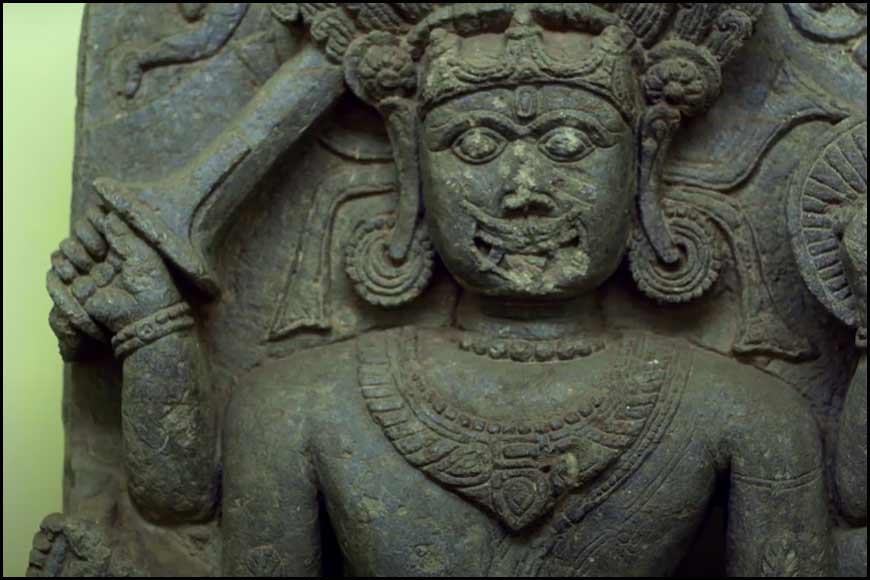
Just about 1 km from Jor Bangla Temple and 2 km from Bishnupur bus station stands an extraordinary building - the Bishnupur Museum. The official address is Dalmadal Para, and the museum is officially known as Acharya Jogesh Chandra Purakriti Bhawan, but whichever name you call it by, it is an absolute must visit when you go to Bishnupur, not least because it is the only museum in the district of Bankura on art and archaeology. And it is a ‘living’ museum too, the latest sculpture having been discovered as recently as March 5, adjacent to an old temple in Nalicha village in the Patrasayer police station area, alongside the Dwarakeswar river.
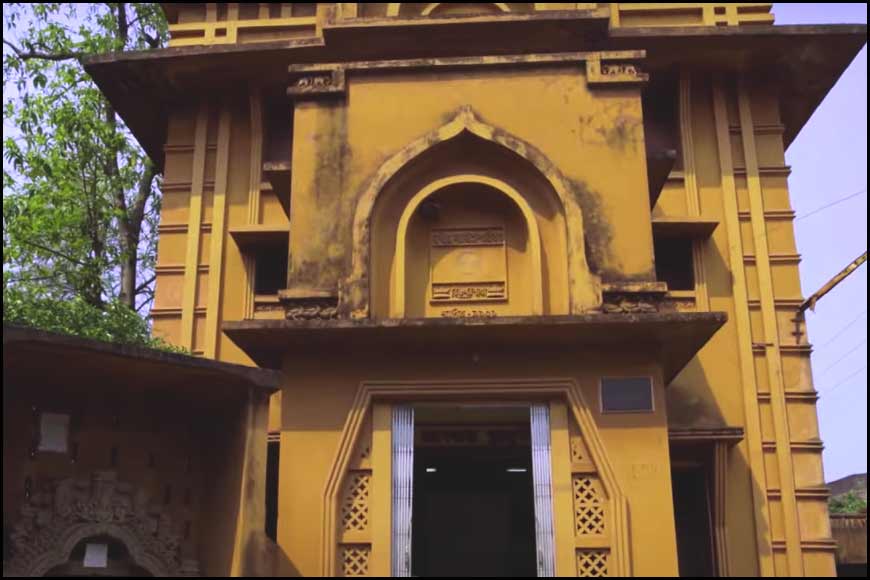 The entrance of the museum
The entrance of the museum
Today, the museum houses nearly 5,000 old manuscripts such as the ‘Chaitanya Charitamrita’, ‘Madanmohan Bandana’, and various ayurvedic texts, more than 100 sculptures dating primarily from the 10th-12th century AD, remnants of British history, and several priceless specimens of textiles, various photographs, and tribal art and craft.
In fact, the Dwarakeswar, which rises in Purulia and enters Bankura near Chhatna, has been a rich source of many of the sculptures housed in the museum. In 2006, for instance, a statue of the first Jain tirthankara Rishabhnath or Adinath was recovered from the river near Ajodhya village. It has also yielded up Hindu and Buddhist sculptures. As an aside, the Dwarakeswar, having flown through Bankura, East Bardhaman, and Hooghly, eventually joins up with the Silai near Ghatal in West Medinipur to form the Rupnarayan, which in turn flows into the Hooghly at Gadiara in Howrah.
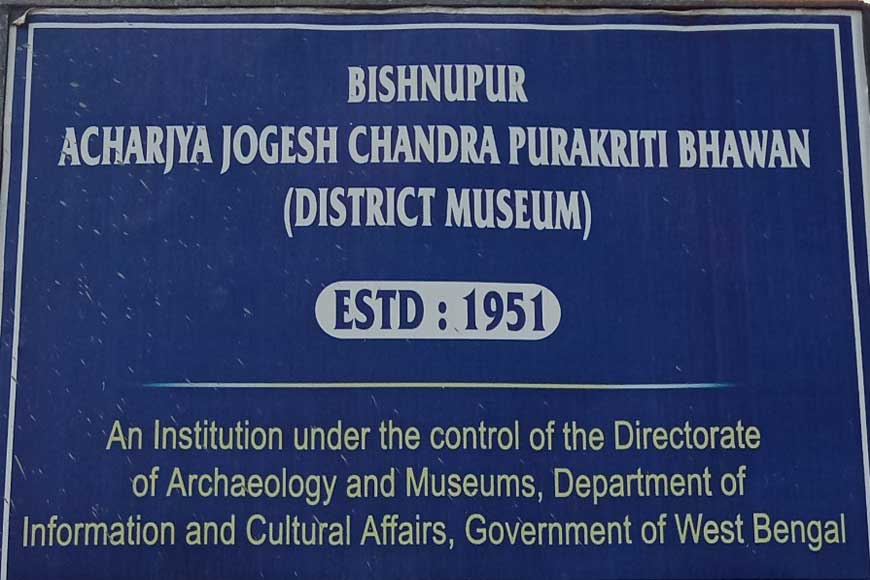
Tushar Sarkar, the current curator of Bishnupur Museum, says that when it was established in 1951, the museum was a private effort, led largely by such local luminaries as former Bishnupur High School teacher Maniklal Singha, and a few of his colleagues such as Chittaranjan Dasgupta. These founders sourced artefacts from various sources, including private collections, and the museum’s sizable collection was eventually taken over by the West Bengal government’s Directorate of Archaeology and Museums.
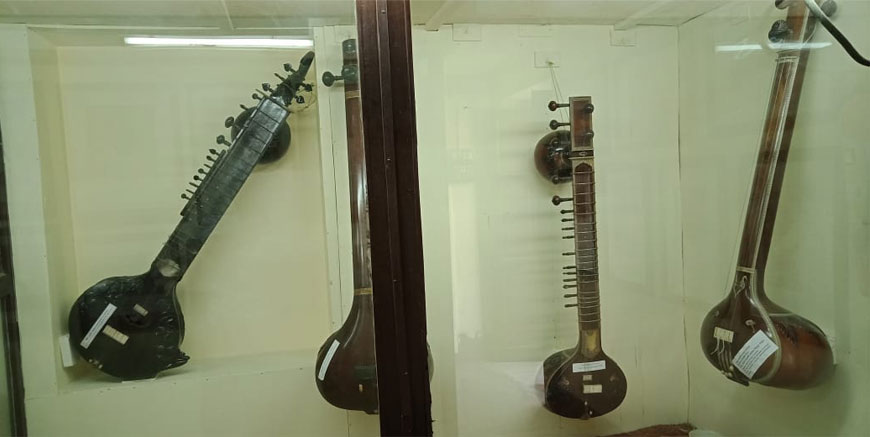
Today, the museum houses nearly 5,000 old manuscripts such as the ‘Chaitanya Charitamrita’, ‘Madanmohan Bandana’, and various ayurvedic texts, more than 100 sculptures dating primarily from the 10th-12th century AD, remnants of British history, and several priceless specimens of textiles, various photographs, and tribal art and craft. That apart, there are microliths from the Mesolithic and Chalcolithic eras, coins and artefacts from various historical eras such as the Pushana, Sunga, Gupta, and Pala, establishing a history of continuous human habitation in Bankura from prehistoric times.
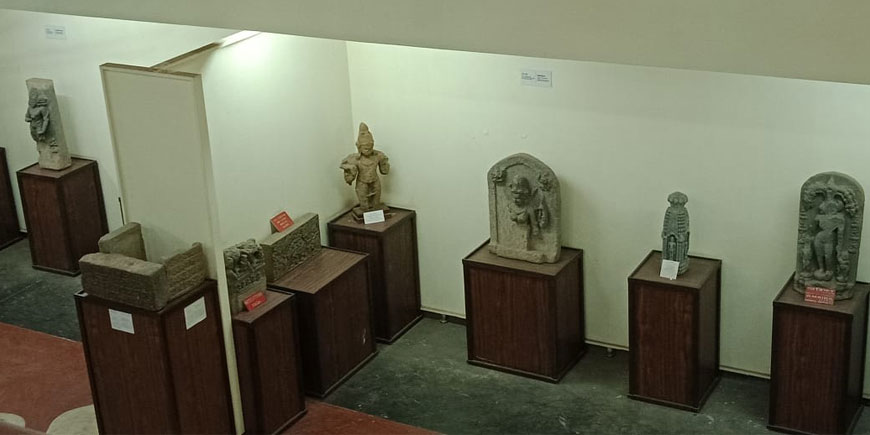
There is also an entire gallery dedicated to the Bishnupur gharana (loosely translated as tradition), the only Indian classical music tradition from Bengal, including the musical instruments used by such stalwarts as Gopeswar Bandyopadhyay and his peers, many of them now extinct.
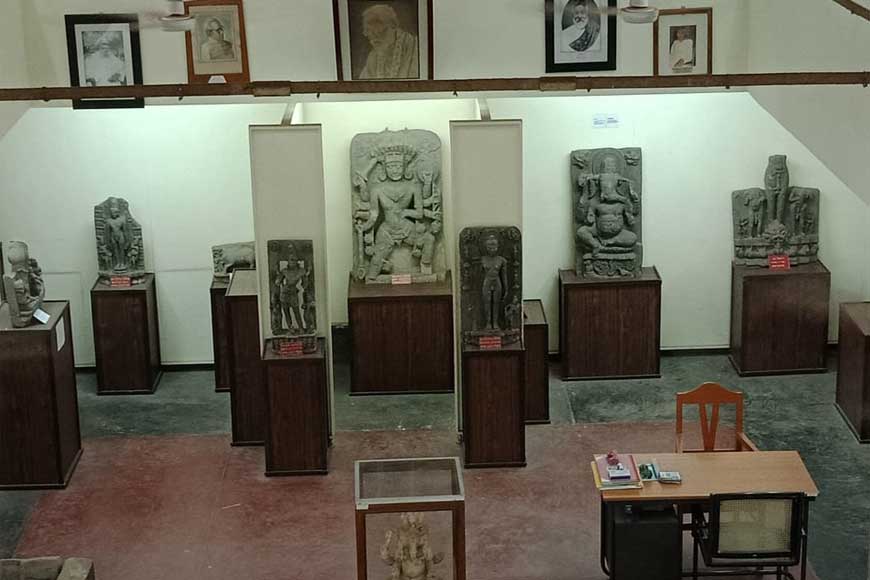
The other remarkable collection in the museum comes from the Dihar archaeological site, 8 km north of Bishnupur by the banks of the Kana river, a tributary of the Dwarakeswar. The oldest discoveries at Dihar date back roughly 3,200 years, making it one of the earliest sites of human habitation discovered in Bengal, showing successive layers of prehistory, proto-history and history. According to Sarkar, the founding fathers of the Bishnupur Museum initially sourced many of the site’s artefacts, before the Archaeology department of Calcutta University led a series of organised digs in the area. Much of the ‘explored material’ from the site now rests in the Bishnupur Museum, while the ‘excavated material’ was collected by the university’s Archaeology department.
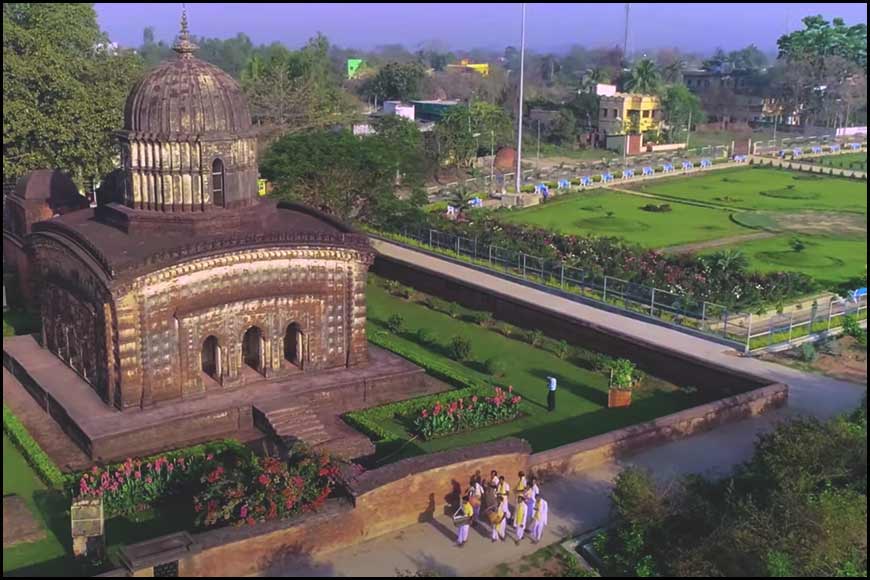 The land of Terracotta temples
The land of Terracotta temples
“The museum offers glimpses of the entire history of Bankura district, including the prehistoric artefacts from Susunia Hill,” says Sarkar. “There are also important cultural markers from various ages. For example, when (24th Jain tirthankara) Mahavira visited this region in the 6th century BC, suspicious locals set their dogs on him, but the sheer number of Jain statues that we have discovered shows that this was the beginning of ‘Aryanisation’ in the region.”
Getting there
Bishnupur is a roughly 4.5-hour drive from Kolkata, but you can also take a train, which will take you about three hours, or a bus from Esplanade in Kolkata, a drive of around four hours. In these pandemic times, however, make sure you avail public transport only if all Covid protocol is strictly followed.
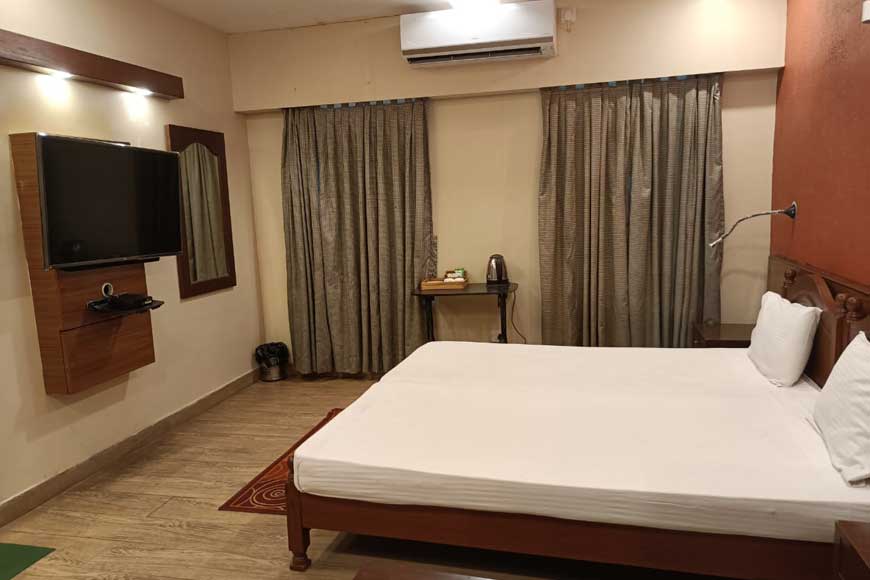 Bishnupur Tourism Property
Bishnupur Tourism Property
Where to stay
The Bishnupur Tourism Property (formerly Bishnupur Tourist Lodge) run by the West Bengal Tourism Development Corporation provides ample and comfortable accommodation. For bookings and other details, you could wither contact the property directly at +91 97321 00950 or bishnupurtl@gmail.com, or contact
West Bengal Tourism Development Corporation Ltd
DG Block, Sector-II, Salt Lake
Kolkata 700091
Phone: (033) 2358 5189, Fax: 2359 8292
Website: https://www.wbtdcl.com/
Email: visitwestbengal@yahoo.co.in, mdwbtdc@gmail.com, dgmrwbtdc@gmail.com









